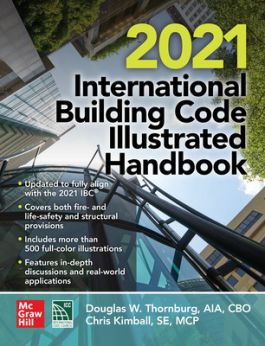The Board of Directors and the Strategic Council of the American Institute of Architects (AIA) are honoring Edward Mazria, FAIA, with the 2021 Gold Medal.
The Gold Medal honors an individual whose significant body of work has had a lasting influence on the theory and practice of architecture. Mazria is being recognized for his work sounding the alarm on climate change and motivating the profession to take action.
A native New Yorker and graduate of the Pratt Institute, Mazria received his Bachelor of Architecture degree from the school and played on its basketball team, garnering attention from the New York Knicks. After being selected in the 11th round of the 1962 NBA draft, Mazria opted to serve in the Peace Corps in Peru, where he uncovered the notion that responsible architecture is the key to both social and environmental improvement. When he returned stateside to work in the office of the 2007 Gold Medal winner, Edward Larrabee Barnes, FAIA, Mazria’s outlook was further defined by his mentor’s understated and place-based approach to architecture.
Teaching opportunities and an advanced degree called Mazria to New Mexico in 1973, where the state’s natural environment influenced the future of his career. Upon completion of his master’s degree, he accepted a teaching position at the University of Oregon to focus on solar energy research. The capstone of that work was the publication of The Passive Solar Energy Book in 1979. Still heavily referenced to this day, the book has been translated into five languages and global sales have topped one million copies. With his research complete, Mazria returned to New Mexico to test his theories in a slate of iconic passive solar and highly contextual buildings, such as the Stockebrand Residence, the Museum of Indian Arts and Culture, and Georgia O’Keefe’s estate, Sol y Sambra.
Supported by his groundbreaking portfolio designed to urge architects away from fossil fuels, Mazria helped found the AIA’s Committee on the Environment (COTE) in the 1990s. In 2002 his firm began conducting pro-bono work under the name Architecture 2030. Just a few years later, it became a fully-fledged nonprofit organization dedicated to altering the course of climate change.
Supported by Mazria’s decades of research, teaching, writing, and practice, Architecture 2030’s influence has shaped some of the world’s actions on climate change, including the United Nations’ 21st Conference on the Parties that followed the adoption of The Paris Agreement. There, Mazria presented his organization’s research on the greenhouse gas footprint produced by buildings created through standard business practices and principles. He delivered hopeful data and best practices while outlining Architecture 2030’s comprehensive Roadmap to Zero Emissions for the building industry.
Mazria’s life’s work has long influenced the AIA’s stances on sustainability and environmental stewardship. Since adopting the Architecture 2030 Challenge in 2006, AIA’s collaborations with the nonprofit have gained even more momentum, sparking changes to the AIA Code of Ethics and Professional Conduct.
As one of the world’s foremost experts on the built environment’s role in both causing and curing climate change, Mazria addresses the global threat as a design problem. Facing countless challenges, his leadership and positioning of architects as a critical resource in creating a healthy, just, and carbon-positive future.
Learn more about Mazria’s selection as the 2021 AIA Gold Medal recipient on AIA’s website.






